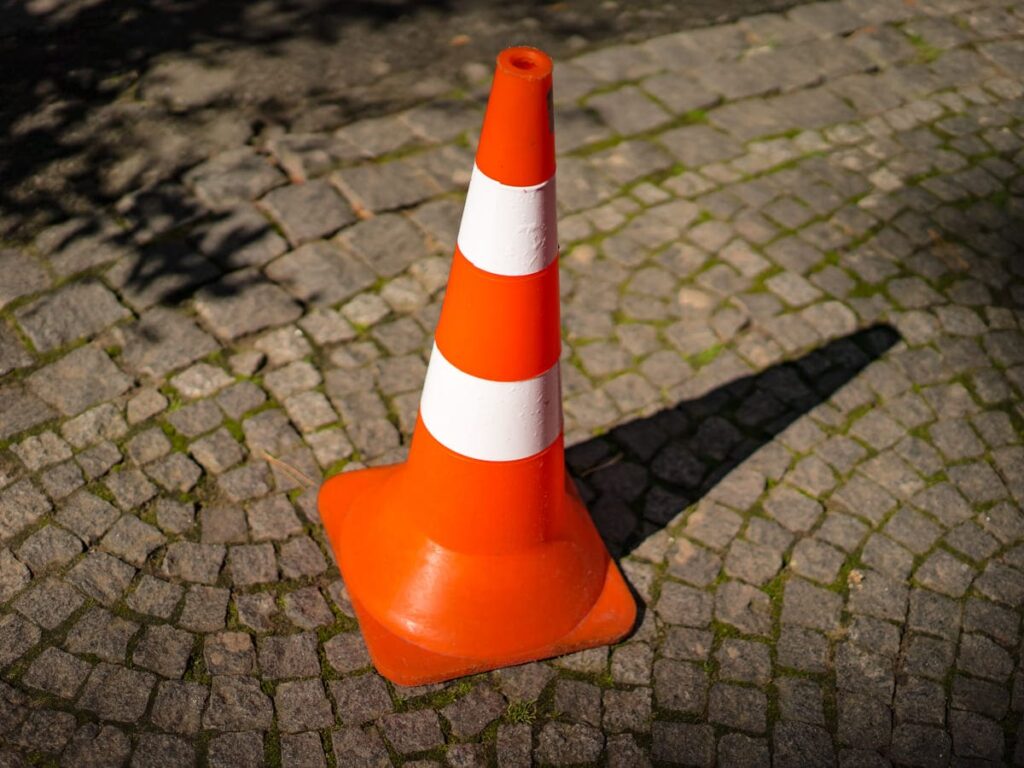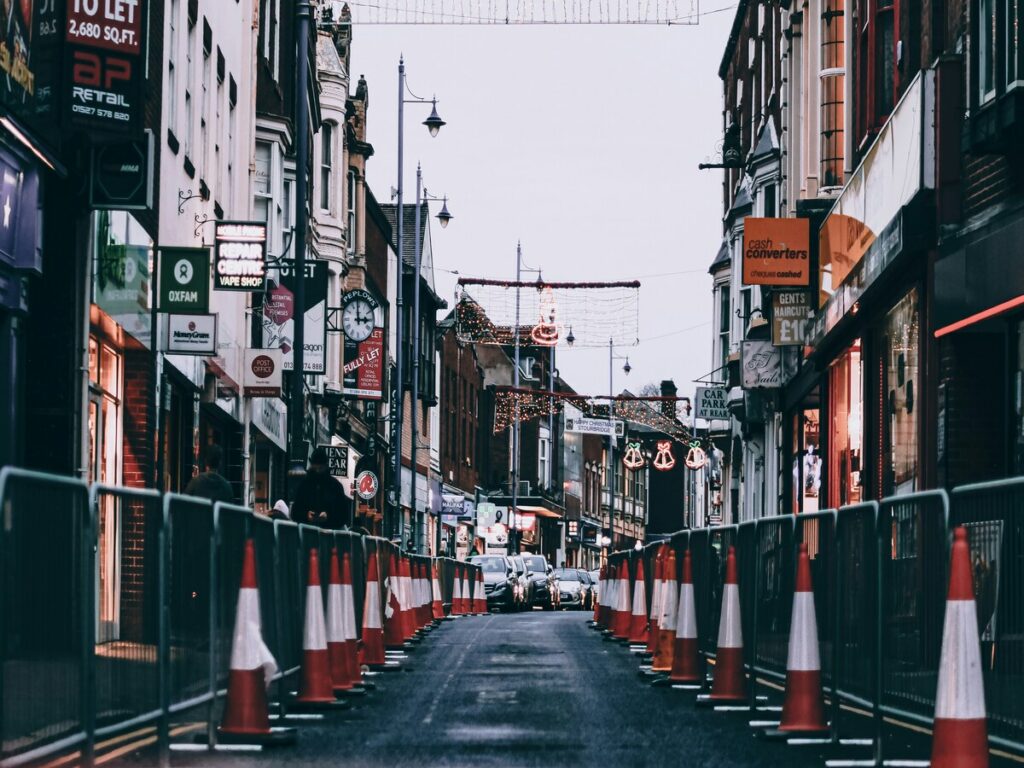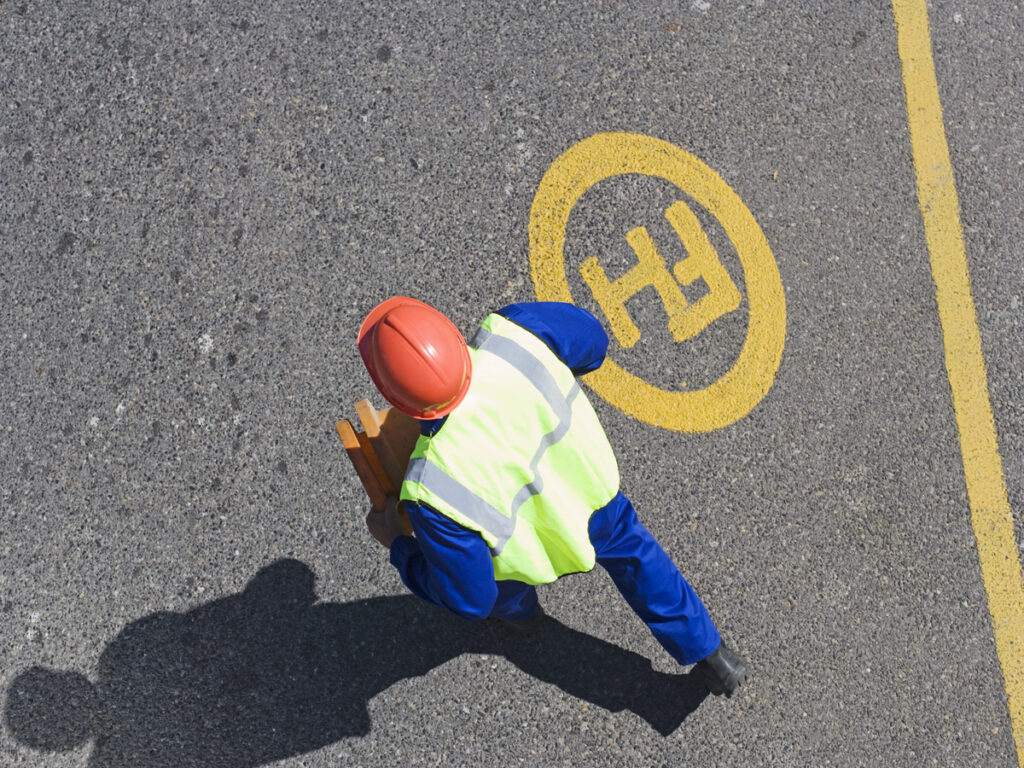Cómo elegir el mejor proveedor para sus necesidades de cono de tráfico

Elegir el mejor proveedor para sus conos de tráfico puede afectar significativamente el éxito de su proyecto. Debe considerar varios factores para asegurarse de tomar la decisión correcta. Los precios del proveedor deben alinearse con las tasas promedio de mercado, ayudándole a administrar los costos de manera efectiva. La calidad es crucial, ya que los conos de alta calidad garantizan la durabilidad y el cumplimiento de los estándares de la industria. Un proveedor confiable también puede ofrecer opciones de personalización para satisfacer las necesidades específicas.. Monitoreando los costos de evaluación, Puede equilibrar entre costo y calidad, Asegurar que compre conos que cumplan con sus requisitos sin gastar demasiado.
Explorando las diferencias regionales en los diseños de conos de trabajo

Puede que no te das cuenta, Pero los conos de seguridad del tráfico juegan un papel crucial en la seguridad vial. Sus diseños varían significativamente en todas las regiones, impactando cuán efectivamente comunican los peligros a los conductores. Por ejemplo, Los colores y los materiales utilizados en los conos de seguridad del tráfico pueden diferir según las necesidades y regulaciones locales.. Comprender estas variaciones regionales es esencial para mejorar las medidas de seguridad. A medida que la demanda de conos de seguridad crece a nivel mundial, Las innovaciones continúan mejorando su efectividad para prevenir accidentes. Reconociendo estas diferencias, contribuye a un entorno de conducción más seguro.
Un cono de tráfico: Secretos para uso a largo plazo

La instalación de un cono de tráfico garantiza efectivamente el uso inmediato y mejora la seguridad vial. Debe colocar un cono de tráfico estratégicamente para maximizar la visibilidad y la estabilidad.. Considere el flujo del tráfico y las condiciones de la superficie al colocarlas. El mantenimiento regular es crucial para la durabilidad a largo plazo. Limpie sus conos de tráfico con frecuencia para mantener su color y cualidades reflectantes. Inspeccionarlos por cualquier daño para asegurarse de que sigan siendo efectivos. Conos de seguridad vial de alta calidad, Especialmente diseños de una pieza, puede durar varios años con el cuidado adecuado. Siguiendo estas prácticas, Puede extender la vida útil de sus conos y mantener su funcionalidad.
Estándares de seguridad del cono de tráfico: Una guía completa de MutCD y AS/NZS 1906.1:2017

Los conos de tráfico son herramientas vitales para mantener la seguridad vial, vehículos guía, y proteger a los trabajadores en zonas de construcción o áreas con patrones de tráfico cambiados. Sin embargo, No todos los conos de tráfico se crean igual. Para que sean efectivos y seguros, deben adherirse a ciertos estándares de seguridad. En este blog, Exploraremos los estándares de seguridad para los conos de tráfico, Centrarse en el manual en dispositivos de control de tráfico uniformes (Muescato) en los Estados Unidos y como/nzs 1906.1:2017 en Australia y Nueva Zelanda. Estos estándares aseguran que los conos de tráfico cumplan con la visibilidad necesaria, durabilidad, y requisitos de seguridad en varias situaciones de tráfico.
Por qué la lámina reflectante es clave para los conos de tráfico reflectantes

Las láminas reflectantes juegan un papel vital en la mejora de la visibilidad de los conos de tráfico reflectantes. Reflejando la luz de los faros del vehículo, Asegura que estos conos de tráfico reflectantes permanezcan visibles incluso en condiciones de poca luz. Esta mayor visibilidad es crucial para prevenir accidentes y garantizar la seguridad de los conductores y los peatones.. Conos de tráfico reflectantes, equipado con esta tecnología, proporcionar la máxima visibilidad, Especialmente por la noche. Ayudan a los conductores a anticipar los cambios en el flujo del tráfico y a navegar de manera segura a través de zonas de construcción o condiciones temporales de la carretera, reduciendo significativamente el riesgo de accidentes nocturnos.
Tres materiales esenciales en la fabricación de cono de tráfico

El cono de tráfico juega un papel crucial en la seguridad vial, guía de conductores y peatones a través de zonas de construcción y desvíos. La efectividad de estos conos de tráfico depende en gran medida de los materiales utilizados en la construcción del cono de tráfico. Tres materiales esenciales dominan este campo: CLORURO DE POLIVINILO, Orina, y caucho. Cada uno ofrece beneficios únicos. PVC proporciona durabilidad y resistencia a la intemperie, Mientras que PE es conocido por su naturaleza liviana y su resistencia al impacto. Goma, por otro lado, ofrece alta durabilidad y flexibilidad. Elegir el material correcto asegura la longevidad y la efectividad en diversas condiciones.













